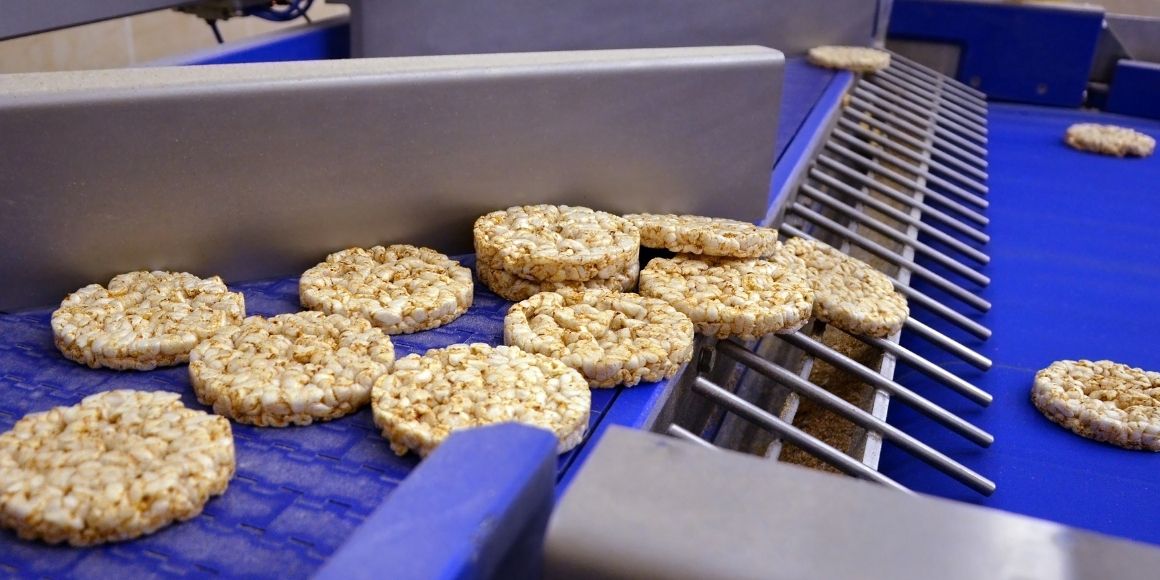In the manufacturing industry, one of the greatest threats to profitability and productivity is downtime. Downtime is important because it decreases productivity and can seriously hurt important manufacturing key performance indicators (KPIs), including throughput, overall equipment effectiveness (OEE), and yield, which will immediately hurt profit margins.
During downtime events, no value is being produced, and costs often remain high at near-normal levels. These costs can include paying workers even when their machines are experiencing downtime (meaning that they’re being paid for no work), paying for repairs or maintenance on machines, and paying the same ongoing bills—such as leases, insurance, and utility bills—for a facility that isn’t operating at optimum capacity.
For these reasons, it is of paramount importance to focus on decreasing downtime to minimize the negative impact it can have on a company. Significantly decreasing downtime over the course of one day would be nearly impossible, but taking the first step today is a step in the right direction, and gains can come quickly once you have an effective program in place for decreasing downtime.
Companies that have implemented a Smart Factory Analytics solution like Worximity TileBoard are often surprised at just how much downtime is actually costing them and how much additional capacity is available in their existing operation. Below are some tools you can use to begin decreasing downtime and unleashing this nearly free economic value today.
Production Monitoring Software
Implementing production monitoring software such as Worximity TileBoard allows for better awareness of real-time production conditions. Production monitoring can alert managers and employees immediately of where and when a downtime event is occurring, so they can quickly diagnose and deal with the problems and, in turn, reduce downtime.
The same software can even be used to compare present and past production data, identifying where issues are arising consistently over time and where preventative action is necessary because of suffering production metrics.
You’ll see below that implementing a production monitoring solution such as Worximity TileBoard can do more as well.
Preventative Maintenance
Performing preventative maintenance on machines is one of the best ways to reduce downtime. Many downtime events are the result of machine malfunction or damage, which can take long periods of time to rectify, especially if a specialist is needed to conduct repairs.
In most cases, performing preventative maintenance will take less time than it would to repair a machine—and it will likely also be cheaper than repairs and part replacement. And this maintenance can occur during non-production hours to prevent any downtime at all and minimize the impact that maintenance could have on normal production in other parts of the facility.
Many manufacturers defer preventative maintenance because they want to make their near-term production goals and it is often the case that the people responsible for machine and line scheduling don’t know when preventative maintenance is due. Using a tool like Worximity TileBoard, you can track the machine data you need to ensure that preventative maintenance is planned and performed. Connecting Worximity TileBoard to a machine allows you to tally machine cycles, operating hours, and many of the operating conditions that manufacturers predicate their preventative maintenance schedules on.
Scheduled Maintenance
Creating a preventative maintenance schedule is an excellent practice to get your machine maintenance on track. Unfortunately, maintenance can be inconvenient, and many companies and facilities can be tempted to delay it—sometimes indefinitely—often defeating the purpose of the maintenance and allowing machine breakdowns to occur. A solid schedule encourages discipline and dedication to preventative maintenance practices and can keep a company on track with maintenance.
Having visibility through a tool like Worximity TileBoard provides production planners and maintenance staff with a heads-up that scheduled maintenance is coming due. This awareness allows these teams to coordinate planned downtime to minimize the impact on throughput.
Predictive Maintenance
With predictive maintenance, outside of the normal maintenance routines suggested by the manufacturer, you’re looking for signs that a machine has a problem looming. Having analytics connected to machinery that measures vibration, temperature, or amps consumed is a typical method of monitoring machine health and implementing predictive maintenance procedures. Unfortunately, these instruments can be costly to implement because they often need to be custom-designed and fitted for each machine.
However, some machines give off other signals that can tell you that a downtime event is coming. For instance, more frequent downtimes of a particular type can be one sign, reduced speed can be another. With a tool like Worximity TileBoard, you can have real-time monitoring that enables you to map machine data to downtime events and move to a predictive model.
Not all of the tactics above will offer tangible results by the end of the first workday, but taking one or several of these first steps will put a facility and an entire company on the path to reducing downtime in the near future. This first step is often one of the hardest but also most important for most companies, because it requires time and sometimes financial investment. Thankfully, most of the tactics listed above require fairly small investment, offering the reassurance that if plans change, there is little loss involved. Whatever steps are taken, moving toward reducing downtime is always a step toward greater productivity and profitability.
Worximity is the ideal partner for manufacturing companies to implement a simple, low-cost solution that brings fast ROI. We have extensive experience and proven results decreasing downtime. To see how implementing Worximity TileBoard can get you started on decreasing downtime today, help yourself to our OEE e-book!







